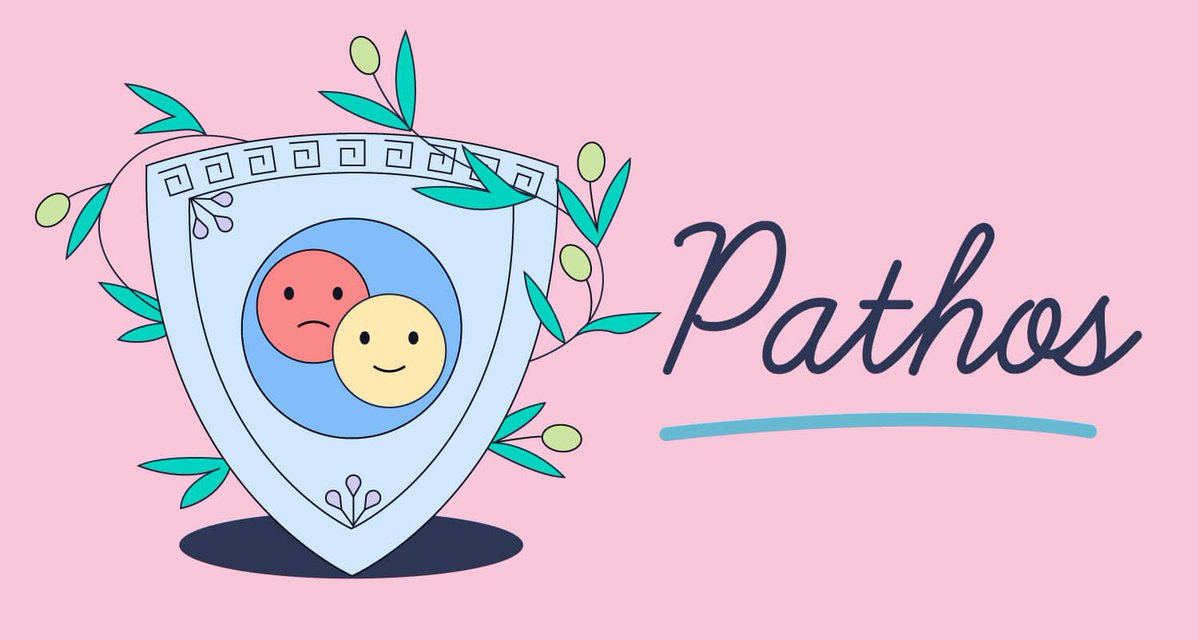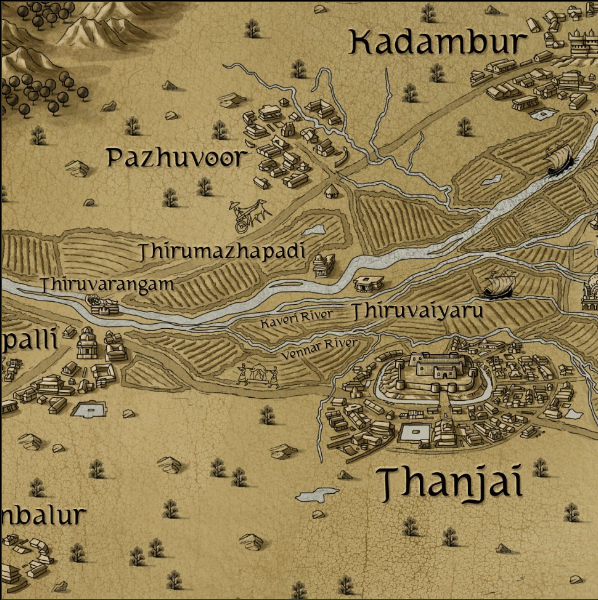Kandha Shashti starts today.
A good day to recollect the story of the lesser spoken about colonialists in TN - The Dutch.
Did you know they used our Padai Veedu Tiruchendur temple as a garrison, stole our Murugan idol only to be used as a bargaining chip?
A thread (1/11)


A good day to recollect the story of the lesser spoken about colonialists in TN - The Dutch.
Did you know they used our Padai Veedu Tiruchendur temple as a garrison, stole our Murugan idol only to be used as a bargaining chip?
A thread (1/11)


Tiruchendur is a prominent town mentioned in Sangam Lit.
Since Muruga won over Sooran here & did Jayanthi Abishekam, this town was called Jayanthi.
Over time, Jayanthi -> Sendhi ->Thiru-Sendhur.
The town become a center of conflict b/w two invaders in 17th century.
Why?
Since Muruga won over Sooran here & did Jayanthi Abishekam, this town was called Jayanthi.
Over time, Jayanthi -> Sendhi ->Thiru-Sendhur.
The town become a center of conflict b/w two invaders in 17th century.
Why?

Because of its location.
Thiruchendur was just 9km south of Kaayalpatnam, where the Dutch had opened their factory in 1645.
However, Portuguese who were a force to reckon in the 17th century, captured Kayalpatnam to forcibly depart the Dutch back to Ceylon by 1648


Thiruchendur was just 9km south of Kaayalpatnam, where the Dutch had opened their factory in 1645.
However, Portuguese who were a force to reckon in the 17th century, captured Kayalpatnam to forcibly depart the Dutch back to Ceylon by 1648


Thirumalai Nayak, Madurai ruler, favored the Portuguese (Parangiyar) over Dutch (Ulaandhargal), which enragëd the Dutch.
They decided to capturë Tuticorin, a Portuguese stronghold & put forth a plan.
Tiruchendur would be their base camp for carrying out this expëdition.
They decided to capturë Tuticorin, a Portuguese stronghold & put forth a plan.
Tiruchendur would be their base camp for carrying out this expëdition.

On Feb 1649, a fleet of 10 vessels set sail from Galle under Gov.Maetsuycker.
The expeditionary force setup a base of operation at the Tiruchendur temple.
They fortified the temple & used it as a garrison.
The Gold & silver of the temple was freely lóóted by the soldiërs.


The expeditionary force setup a base of operation at the Tiruchendur temple.
They fortified the temple & used it as a garrison.
The Gold & silver of the temple was freely lóóted by the soldiërs.


Stone idols in the temple were mutilated by iron hammers.
The gopuram was attempted to be tórched.
Von Der Behr, a sóldier has documented in his travel accounts that: "When they left the temple, it looked more like a pigsty (an enclosure where pigs are kept) than a temple"
The gopuram was attempted to be tórched.
Von Der Behr, a sóldier has documented in his travel accounts that: "When they left the temple, it looked more like a pigsty (an enclosure where pigs are kept) than a temple"

M. Rennel, French author writes:
"In 1648, The Dutch halted in the temple and on leaving did their best to destroy it by fire and by a heavy bombardment.
But they only partially succeeded & the tower defied all their efforts."
"In 1648, The Dutch halted in the temple and on leaving did their best to destroy it by fire and by a heavy bombardment.
But they only partially succeeded & the tower defied all their efforts."

A truce was achieved with Nayaks intervention, but the Dutch decided to steal away the idols of Shanmukhar and Natarajar from the temple assuming they were made of gold.
Their attempt at melting it proving futile, so they tried to carry them away by sea back to Ceylon.


Their attempt at melting it proving futile, so they tried to carry them away by sea back to Ceylon.


What happened next is based out of oral traditions of the local legend.
The sea suddenly grew boisterous, and rocked the ship violently.
Frightened that the idols had caused the bad weather, the Dutch sailors dropped the murtis into the ocean.
The sea suddenly grew boisterous, and rocked the ship violently.
Frightened that the idols had caused the bad weather, the Dutch sailors dropped the murtis into the ocean.

The loss of idols was informed to Vadamalaiyappa Pillaiyyan, a local administrator of the Nayak at Tirunelveli.
A great devotee, Pillaiyyan was sorely affected & ordered for a similar idol to be made in panchaloka.
After 4 years, Pillaiyyan had a dream that changed everything.
A great devotee, Pillaiyyan was sorely affected & ordered for a similar idol to be made in panchaloka.
After 4 years, Pillaiyyan had a dream that changed everything.

Muruga himself appeared on his dream to instruct that the idol was to be found at the spot where a lemon would be floating & marked by the overhead circling of a Garuda.
Miraculously, Pillaiyyan recovered the original idol from the spot mentioned & reinstalled it in 1653.


Miraculously, Pillaiyyan recovered the original idol from the spot mentioned & reinstalled it in 1653.


One version mentions that the idols were purchased back from Dutch for 1 lakh reals.
This is clear: Tiruchendur was bereft of its deities for 4 years from 1649-53
Venrimaalai Kavirayar has documented it in a song: "These 4 years, Tiruchendur looked like a sky without its moon"


This is clear: Tiruchendur was bereft of its deities for 4 years from 1649-53
Venrimaalai Kavirayar has documented it in a song: "These 4 years, Tiruchendur looked like a sky without its moon"


It doesn't matter who the colonialists were - Brits or the Dutch or Portuguese - they all viewed Bharat only as a place to loot from.
Temples were desecrated, idols were stolen, gopurams were torched.
Those who forget history are condemned to repeat it.
May Muruga bless us all.
Temples were desecrated, idols were stolen, gopurams were torched.
Those who forget history are condemned to repeat it.
May Muruga bless us all.

If you liked this thread, follow @labstamil for more such content in English.
Also follow backup @research_tamil for Tamil content.
Please RT the first post in the thread to spread the word. Nandri!
May Muruga bless us with his infinite grace!
Also follow backup @research_tamil for Tamil content.
Please RT the first post in the thread to spread the word. Nandri!
May Muruga bless us with his infinite grace!
https://x.com/labstamil/status/1723920599544717704?s=20
Similar story where the French and British forces occupied Uyyakondan Thirumalai temple on a hillock during the siege of Trichonopoly in 1753–54:
https://x.com/labstamil/status/1705546355337515256?s=20
The Dutch used the murthis as bargaining chips. Either the Madurai Nayak aranmanai or local temple priests had to pay 100,000 reals to get them back.
Very civil behavior no?
Mercantilism runs in their veins.
Very civil behavior no?
Mercantilism runs in their veins.

It is believed that the urchava murthy at Tiruchendur lacks facial features, as he was dropped into the ocean by the Dutch and retrieved many years later. 

• • •
Missing some Tweet in this thread? You can try to
force a refresh
























